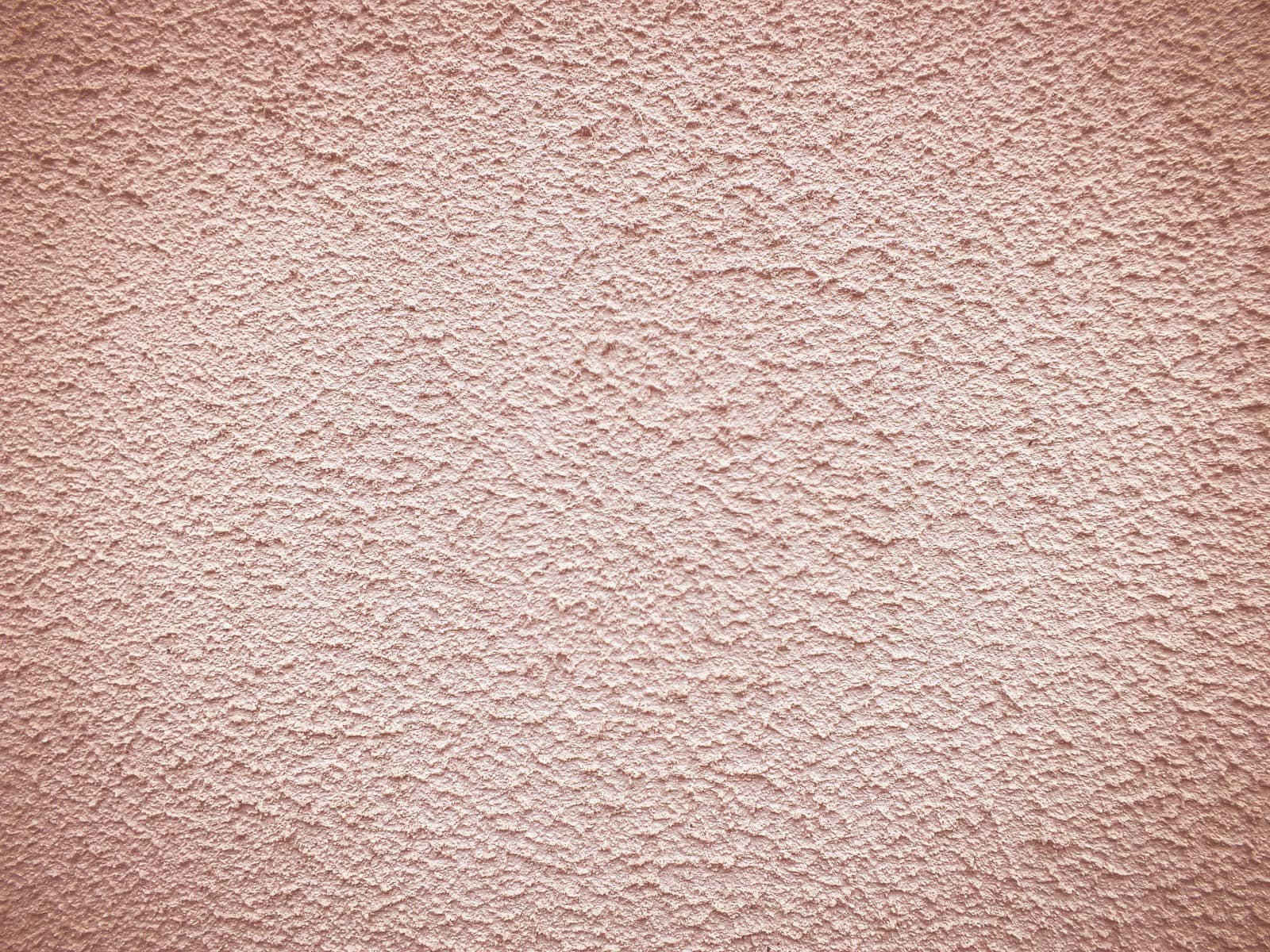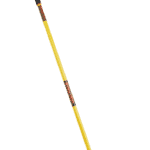Plaster and stucco are both used in buildings but they are not the same. This can be confusing. Stucco is for the outside of buildings and plaster is for the inside. People use these materials to make walls and ceilings smooth and strong.
Stucco is made from cement, sand, and lime. It needs to be mixed with water. When you put it on a wall, it takes a long time to dry. Sometimes it takes up to 90 days. Plaster is different because it’s made from gypsum, not cement. It dries much faster than stucco. You only have to wait a week or two.
Both stucco and plaster are put on walls in layers. Usually, stucco needs more layers than plaster. This is important for making the outside of buildings look good and last a long time. People have been using stucco and plaster for hundreds of years. They are still popular today because they work well.
Composition and Ingredients
Plaster and stucco are two different materials used to coat walls. They have different ingredients that make them unique.
Key Components of Plaster
Plaster is a mix used for coating interior walls and ceilings. The key parts of plaster include:
- Gypsum: This soft mineral is the main ingredient in many types of plaster.
- Lime: Lime can be part of the mix to allow the plaster to breathe.
- Water: Water mixes with gypsum and lime to make a paste.
- Aggregate: Usually sand, it adds strength.
- Binders: Gypsum acts as a binder in plaster.
Key Components of Stucco
Stucco is a durable coating for outside walls. The main parts of stucco are:
- Portland cement: This is the binder that holds other materials together.
- Lime-based materials: Lime helps the stucco stay workable.
- Sand: It gives texture and strength to stucco.
- Water: It mixes everything into a spreadable paste.
- Fiberglass strands or acrylic resin: These can be added to modern stucco to make it stronger and flexible.
Application and Properties
Stucco and plaster have different ways they are mixed and put on walls. Both materials are durable and don’t need much work to keep them in good shape. They offer a range of looks for both inside and outside of buildings.
Mixing and Applying Techniques
Plaster: Mix powder with water and apply with a trowel. Needs one to two weeks to dry.
- Use: Mainly for interior walls and ceilings.
- Technique: Smooth or textured with artistic finishes.
Stucco: Combine Portland cement, sand, and lime. Apply in two to three layers. Takes up to 90 days to dry fully.
- Use: Preferred for exterior siding.
- Technique: Often has a rough texture for an exterior finish.
Durability and Maintenance
- Stucco:
- Durability: Weather-resistant and can last for many years.
- Maintenance: Paint every 5 to 6 years and check for cracks annually.
- Plaster:
- Durability: Fire-resistant, prone to dents and scratches.
- Maintenance: Might need touch-ups and repainting more often.
Versatility and Aesthetic Choices
- Plaster allows for more creative designs. It can fill molds for custom looks.
- Stucco offers a classic, rough appearance. It comes in different pigments for color choices.
Frequently Asked Questions
This section addresses common questions about the differences between plaster and stucco. This will give clarity on their composition, application, and practical use in construction.
Can you differentiate between exterior plaster and stucco in terms of composition and use?
Exterior plaster and stucco have different mixes. Stucco consists of Portland cement, sand, and lime. Exterior plaster often uses gypsum. Stucco is the choice for outdoor walls because it is durable. Plaster works well for indoor surfaces.
What are the comparative advantages of using stucco over plaster for building exteriors?
Stucco resists weather well and needs less upkeep. It only needs paint every few years and checks for damage. Plaster might need more touch-ups due to its softer nature.
Is there a difference in application process for stucco and plaster when used on interior walls?
Yes, for interior walls, stucco and plaster are applied in layers. But stucco often needs a mesh base and is laid in two or three coats. Plaster usually goes on in one or two coats without mesh.
How does the cost of stucco plaster compare to other plastering materials?
Stucco is cost-effective for the long term. Its strong mix and low maintenance make it affordable over time.
Are there distinctive textural differences between stucco plaster and other plaster types?
Stucco has a more grainy texture because of the sand in its mix. Other plasters can be smoother since they may use finer aggregates or have a gypsum base.
What should be considered when deciding to apply stucco over an existing plaster surface?
Before applying stucco over plaster, check the existing surface’s condition. Stucco needs a solid base. A damaged plaster surface must be repaired first. Make sure that the plaster can support the weight of the stucco.







